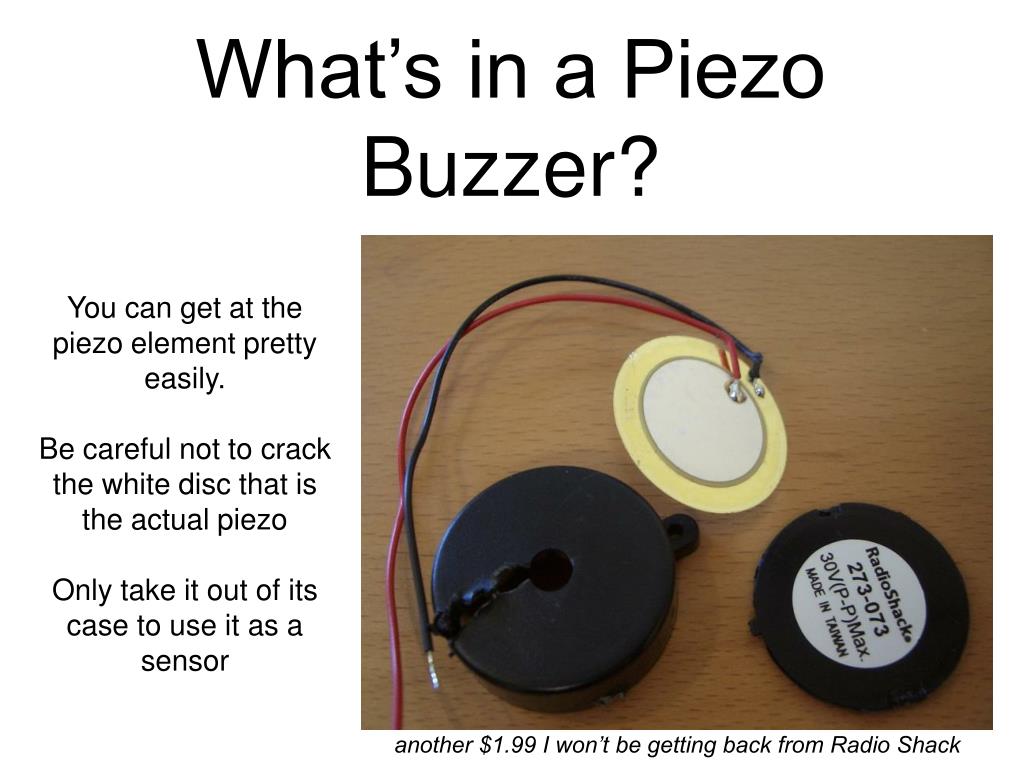

The if statement states that when a note equals to the specific note name in datatype notesName, which is pointed out by variable I 's value, function tone() will be activated. Next up, we have a for loop, where if variable i (starts with 0 value) is less than the size (bytes) of datatype notes, the value of i will increase by 1, and an if statement will be ran.

You can refer to this page, here, for a list of musical notes and each specific tone in the Arduino programming language. We start off with making a char datatype, notesName, which just declares the different notes we will be using and we make another variable, tones, stating the specific tone values for the variety of notes as stated by datatype char. In the next section, we have a void statement, playTheTone, and this section is in charge of combining the variables and datatypes we have set in the start, to create the melody for the buzzer. There is another variable after that, duration, which just states the seconds played for each note in datatype notes. In the third line, we have a char datatype, notes, that include the consecutive order of each musical note being played. These two variables act as integer variables.

We also declare the variable tempo, the speed of the melody, is 200 beats per minutes.
Arduino piezo bell sound code#
Now, onto the code below!įirstly, the code starts off with declaring that variable buzzerPin, for the buzzer, is connected to D8 (digital pin 8). If everything is done correctly, it should look similar to the circuit diagram above. Now, insert another jumper wire to the same row as your negative (-/black) wire on your breadboard and connect that wire to GND (-) on your Arduino. Insert one of your jumper wires to the same row as the ending pin of your resistor (the pin connected to its own row) and connect it to D1 (digital pin 1) of your Arduino. Then, attach one end of your 220Ω resistor to the same row as the positive (+/red) wire of your piezo buzzer and connect the other end of the resistor to the row next to it. Let us take three() as an example to understand it.To start making the circuit, first, connect the power (positive/negative) wires of your piezo buzzer to separate rows of your breadboard, as shown in the circuit diagram above. Now what I did is that divide the delay in smaller parts to use it with different sets of Leds. Or In other words we can say that if you want to play distict beats, you should check the difference between the delay time and duration of tone() as both the function are working parallel.

Tone() uses one of the builtin timer on the arduino and that timer operates independently of the delay(). And the tones for each function is synced with led transition using delay() appropriately. The conditional if else is used after it for Switching between different functions.Here one() and oneA() are for 1st tone with two different led transition, similar for other functions too.
Arduino piezo bell sound software#
Since we are using button press to switch between the tones so we have to remove the problem of button debouncing, which I removed by software implemention using a boolean Debounce function.Ģ.


 0 kommentar(er)
0 kommentar(er)
